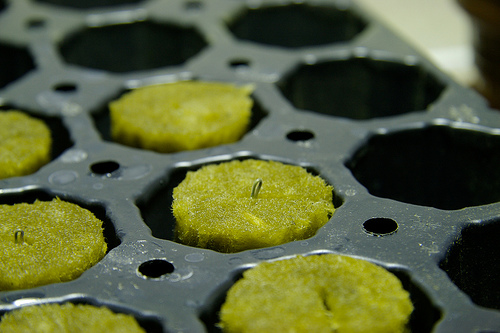List and Characteristics of Inorganic Hydroponic Substrates
Substrates
Rockwool and stonewool
Clean, nontoxic (can cause skin irritation), sterile, lightweight when dry, reusable, high water holding-capacity (80%), good aeration (17% air-holding), no cation exchange or buffering capacity, provides ideal root environment for seed germination and long-term plant growth
Vermiculite Porous,
spongelike, sterile material, lightweight, high water absorption capacity (five times its own weight), easily becomes waterlogged, relatively high cation exchange capacity
Perlite
Siliceous, sterile, spongelike, very light, free-draining, no cation exchange or buffer capacity, good germination medium when mixed with vermiculite, dust can cause respiratory irritation
Pea gravel and metal chip
Particle size ranges from 5 to 15 mm in diameter, free draining, low water-holding capacity, high weight density, which may be an advantage or disadvantage, may require thorough water leaching and sterilization before use
Sand
Small rock grains of varying grain size (ideal size: 0.6 to 2.5 mm in diameter) and mineral composition, may be contaminated with clay and silt particles, which must be removed prior to hydroponic use, low water-holding capacity, high weight density, frequently added to an organic soilless mix to add weight and improve drainage
Expanded clay Sterile,
inert, range in pebble size of 1 to 18 mm, free draining, physical structure can allow for accumulation of water and nutrient elements, reusable if sterilized, commonly used in pot hydroponic systems
Pumice Siliceous
material of volcanic origin, inert, has higher waterholding capacity than sand, high air-filled porosity
Scoria
Porous, volcanic rock, fine grades used in germination mixes, lighter and tends to hold more water than sand
Polyurethane grow slabs
New material, which has a 75 to 80% air space and 15% water holding capacity
Source: Morgan, L., 2003f, The Growing Edge 15(2):54–66.
